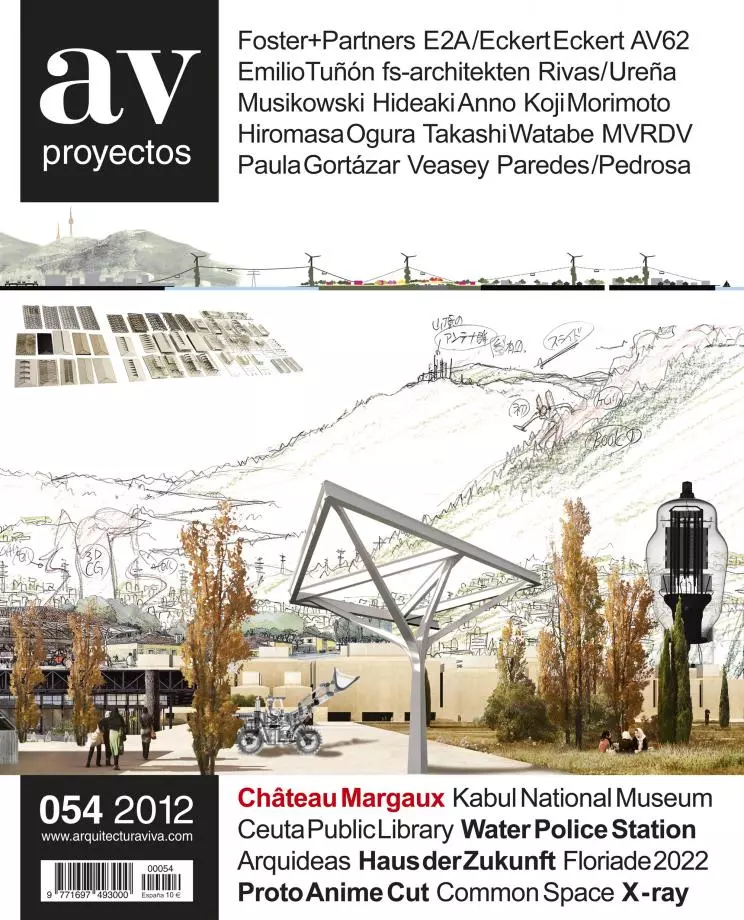
Laptop with Skeleton Hands, 2007
In 1895, German physicist Wilhelm Conrad Röntgen discovered a mysterious radiation – which he called unknown ray or X – that was able to penetrate the surface of bodies and reproduce their structure on photographic film. This phenomenon has had a huge impact in the fields of medicine and security, among others, and is used by Nick Veasey to explore the boundaries of perception in the world of art. Veasey’s lead-lined studio is located in Kent, in the English countryside, where the artist selects everyday objects and passes X-rays through them. The photons emitted by the generator penetrate soft matter and are absorbed by the more compact elements, so the resulting image is the equivalent of a density map.
By changing the strength of emission it is possible to obtain X-rays with different degrees of detail, which Veasey then superimposes until he obtains the final design. The artist has scanned anything from cans, mobile phones, insects or sea plants to bicycles, buses or even a Boeing 777...[+]






